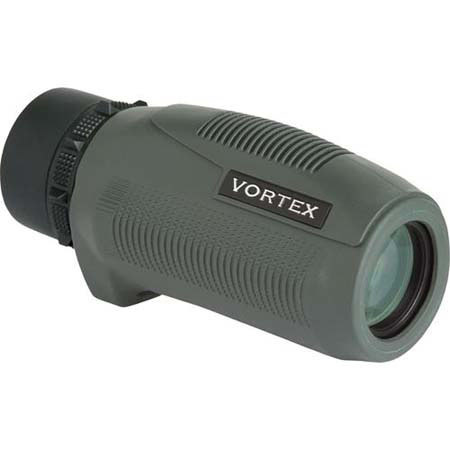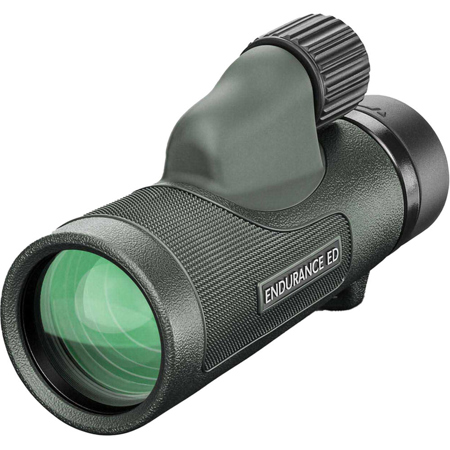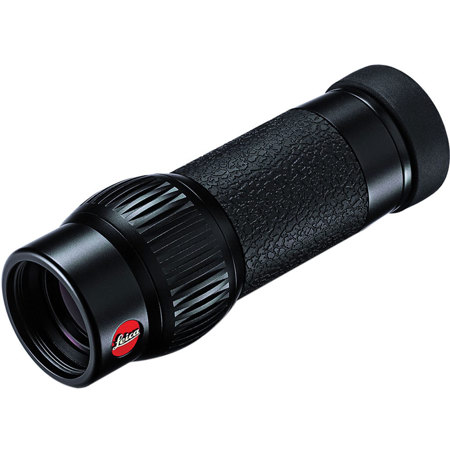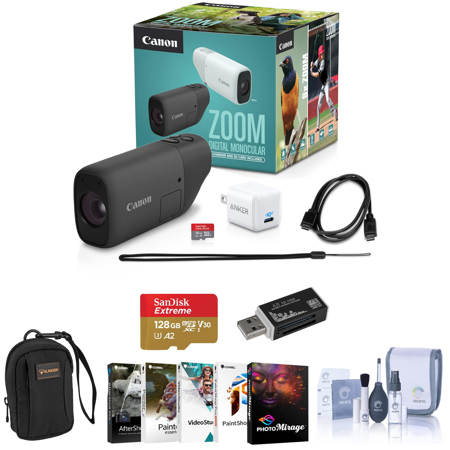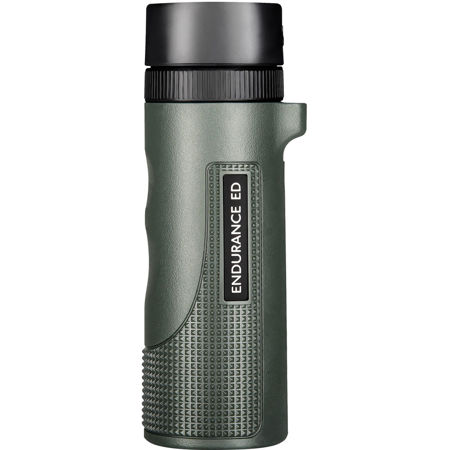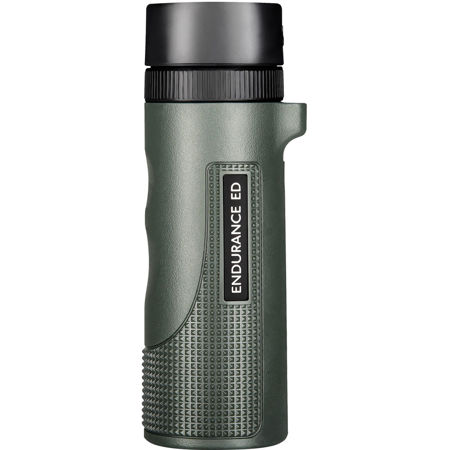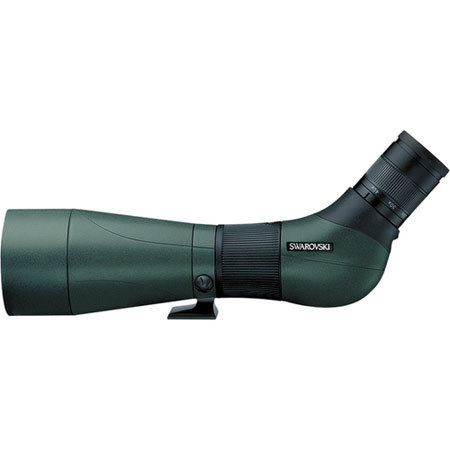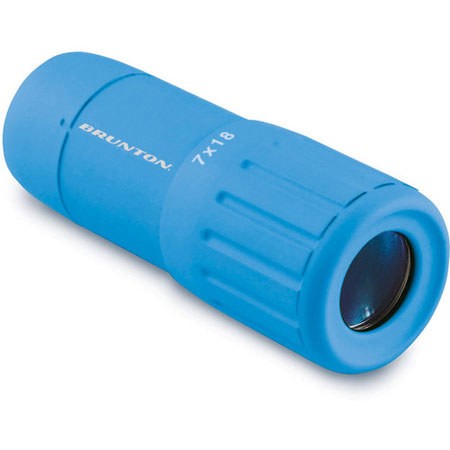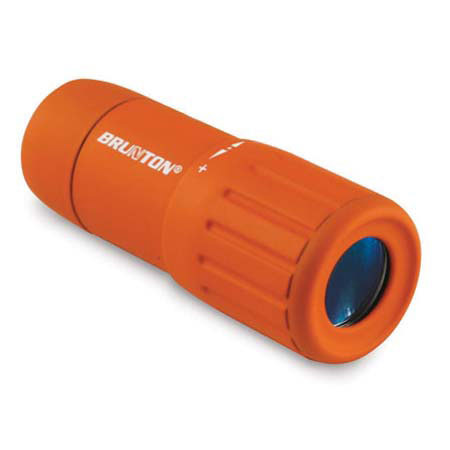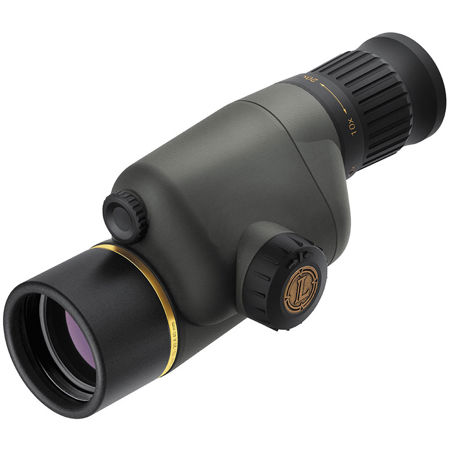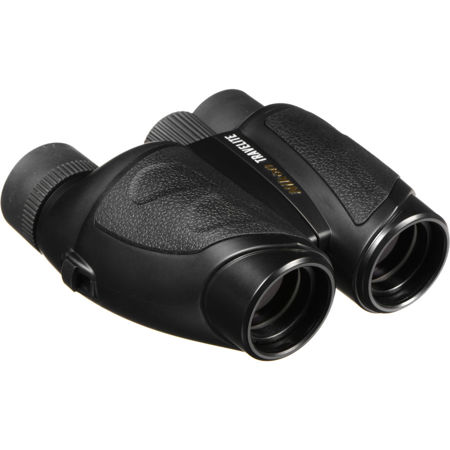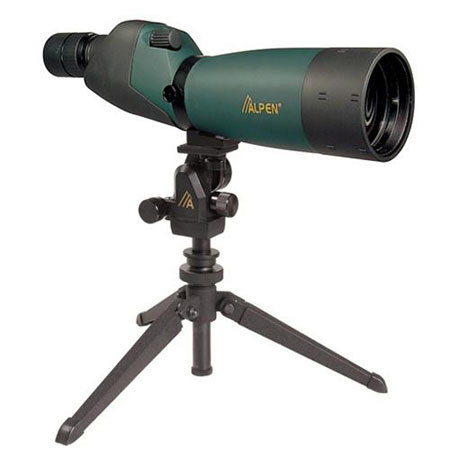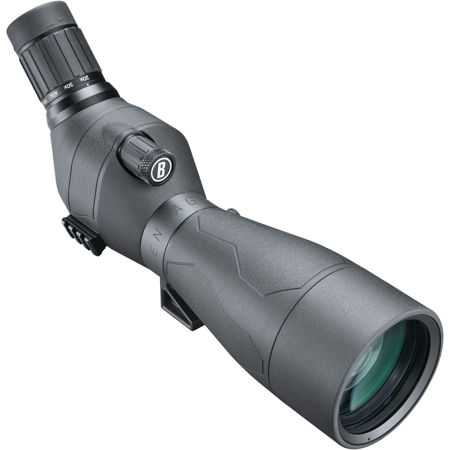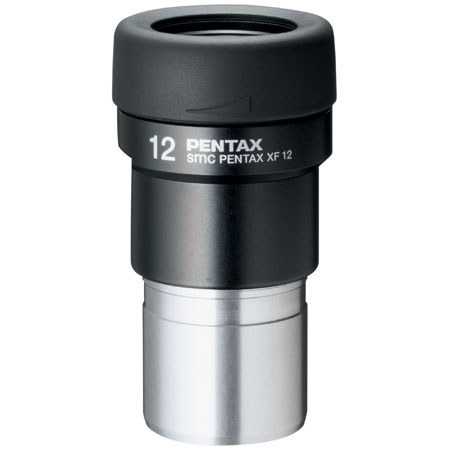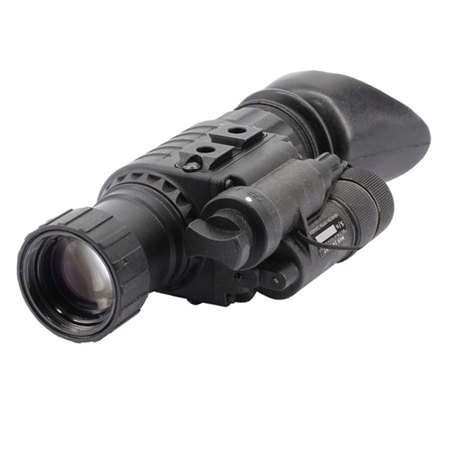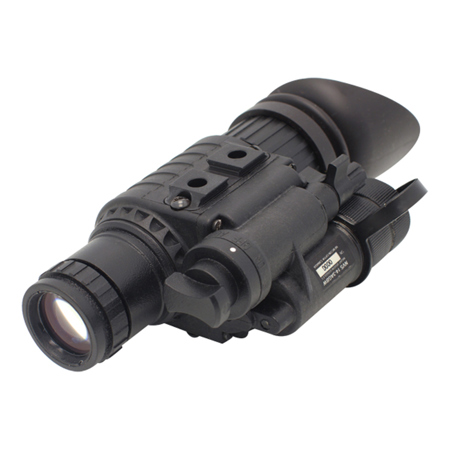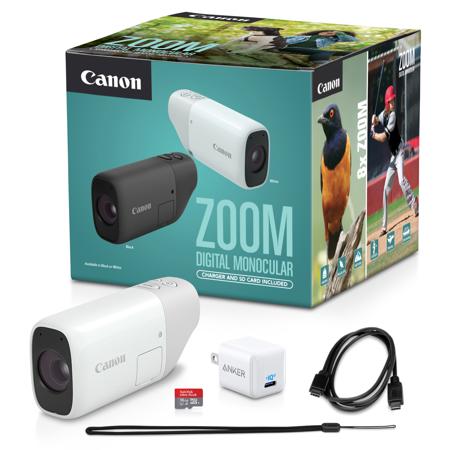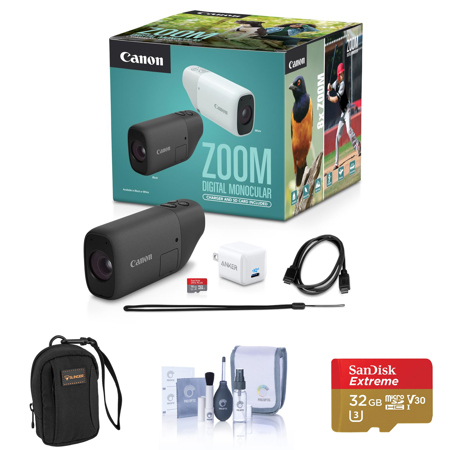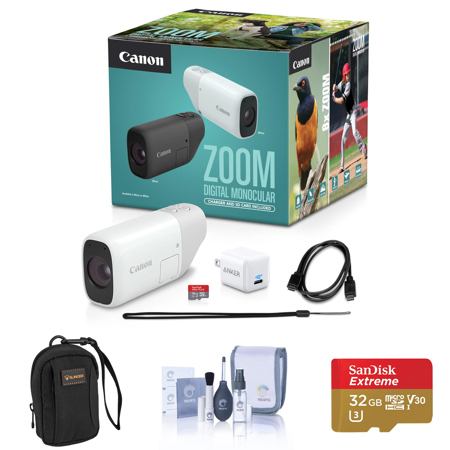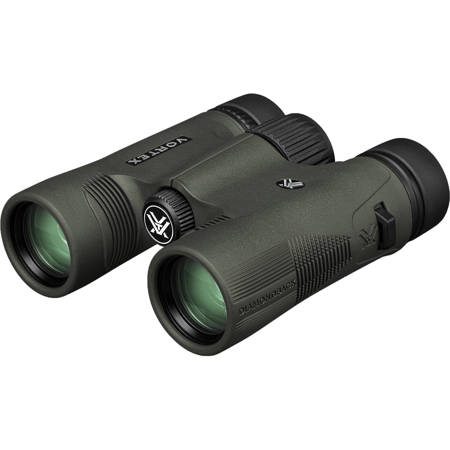Bird Watching Monoculars
Bird watching is a pursuit that invites enthusiasts to step quietly into nature, where patience and keen observation yield moments of wonder—a flash of color in autumn foliage, the silhouette of a hawk gliding against a November sky, or the delicate flutter of a warbler among bare branches. For many, the right optical gear can transform these fleeting encounters into vivid, memorable experiences. Monoculars, with their compact design and lightweight build, have become a favorite companion for birders of all levels. Whether you are an avid ornithologist, a weekend hiker, or simply someone who enjoys the serenity of your backyard feeder, a zoom monocular for bird watching offers a convenient and effective way to bring distant birds into sharp focus. Their single-barrel construction makes them easy to slip into a jacket pocket or daypack, perfect for those spontaneous walks when the crisp air and rustling leaves promise unexpected sightings. For those seeking a thoughtful gift, a bird watching monocular is a practical and inspiring choice—ideal for nature-loving friends, family members embarking on travel adventures, or children taking their first steps into wildlife observation.
When searching for the best bird watching monocular, several key factors come into play. Magnification power and objective lens diameter are crucial: higher magnification brings distant birds closer, while a larger lens gathers more light, crucial during dawn outings or under overcast skies. Yet, balance is essential; too much magnification without adequate stability can make tracking a fast-moving finch or a shy woodpecker challenging. Many birders find that a zoom monocular for bird watching, offering variable magnification, provides the flexibility to scan wide areas and then focus in on fine plumage details. Weather resistance is another vital consideration, especially as autumn transitions to winter and sudden showers or misty mornings become more common. Look for waterproof and fog-proof features to ensure clear views, regardless of the elements. Ergonomic design and a comfortable grip are important for extended use, while features like twist-up eyecups accommodate eyeglass wearers. For those who enjoy documenting their finds, monoculars with smartphone adapters open up new possibilities for digiscoping, capturing crisp images of elusive species to share with fellow enthusiasts.
The debate over which is better, monocular or binocular, is a familiar one among birders. Monoculars excel in portability and ease of use with one hand, making them a practical option for hikers and travelers who value lightweight gear. While binoculars offer the advantage of depth perception and a wider field of view—qualities some birders prefer for tracking flocks or observing birds in flight—monoculars are often favored for their simplicity and convenience, especially for quick spotting or when packing space is limited. Many users consult monocular reviews to compare optical clarity, field of view, and durability before making a choice that fits their specific needs. Ultimately, the decision between monocular and binocular comes down to personal preference and intended use. For those interested in exploring both options, our guide to Compact Binoculars For Bird Watching provides additional insights. Whether you are scanning the treetops for late-season migrants, watching waterfowl gather on chilly November ponds, or introducing a young naturalist to the joys of birding, the right monocular can deepen your connection to the natural world and create lasting memories with every sighting.
When searching for the best bird watching monocular, several key factors come into play. Magnification power and objective lens diameter are crucial: higher magnification brings distant birds closer, while a larger lens gathers more light, crucial during dawn outings or under overcast skies. Yet, balance is essential; too much magnification without adequate stability can make tracking a fast-moving finch or a shy woodpecker challenging. Many birders find that a zoom monocular for bird watching, offering variable magnification, provides the flexibility to scan wide areas and then focus in on fine plumage details. Weather resistance is another vital consideration, especially as autumn transitions to winter and sudden showers or misty mornings become more common. Look for waterproof and fog-proof features to ensure clear views, regardless of the elements. Ergonomic design and a comfortable grip are important for extended use, while features like twist-up eyecups accommodate eyeglass wearers. For those who enjoy documenting their finds, monoculars with smartphone adapters open up new possibilities for digiscoping, capturing crisp images of elusive species to share with fellow enthusiasts.
The debate over which is better, monocular or binocular, is a familiar one among birders. Monoculars excel in portability and ease of use with one hand, making them a practical option for hikers and travelers who value lightweight gear. While binoculars offer the advantage of depth perception and a wider field of view—qualities some birders prefer for tracking flocks or observing birds in flight—monoculars are often favored for their simplicity and convenience, especially for quick spotting or when packing space is limited. Many users consult monocular reviews to compare optical clarity, field of view, and durability before making a choice that fits their specific needs. Ultimately, the decision between monocular and binocular comes down to personal preference and intended use. For those interested in exploring both options, our guide to Compact Binoculars For Bird Watching provides additional insights. Whether you are scanning the treetops for late-season migrants, watching waterfowl gather on chilly November ponds, or introducing a young naturalist to the joys of birding, the right monocular can deepen your connection to the natural world and create lasting memories with every sighting.


